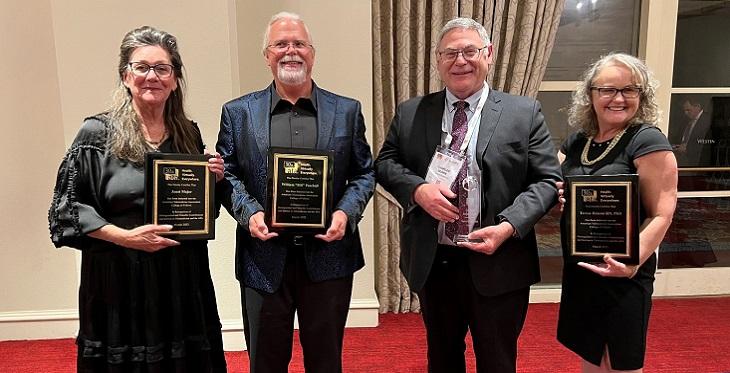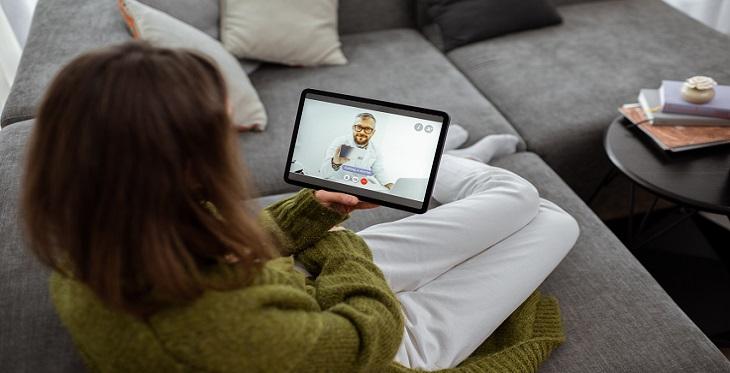Janet Major, Associate Director for Innovation and Digital Health at the Arizona Telemedicine Program, based at the University of Arizona College of Medicine – Tucson, was recently honored as an American Telemedicine Association Fellow during the American Telemedicine Association annual meeting in San Antonio, Texas on Sunday, March 5, 2023.
Each year the Association recognizes members of distinction as new Fellows. Election to the American Telemedicine Association College of Fellows recognizes significant achievements in telemedicine, service to the general telemedicine community, and service to the Association. Joining Major in this year’s class of Fellows are William "Bill" Paschall, Senior Vice President with Clear Arch Health, and Teresa Rincon, Senior Telehealth Consultant with Blue Cirrus Consulting and Assistant Professor at the University of Massachusetts Medical School and Graduate School of Nursing.






